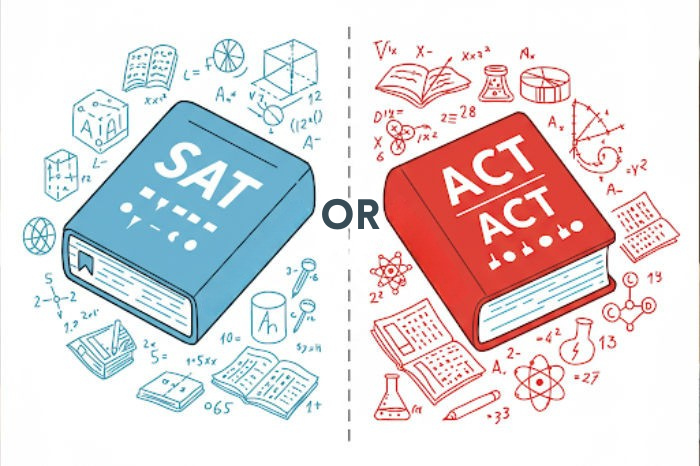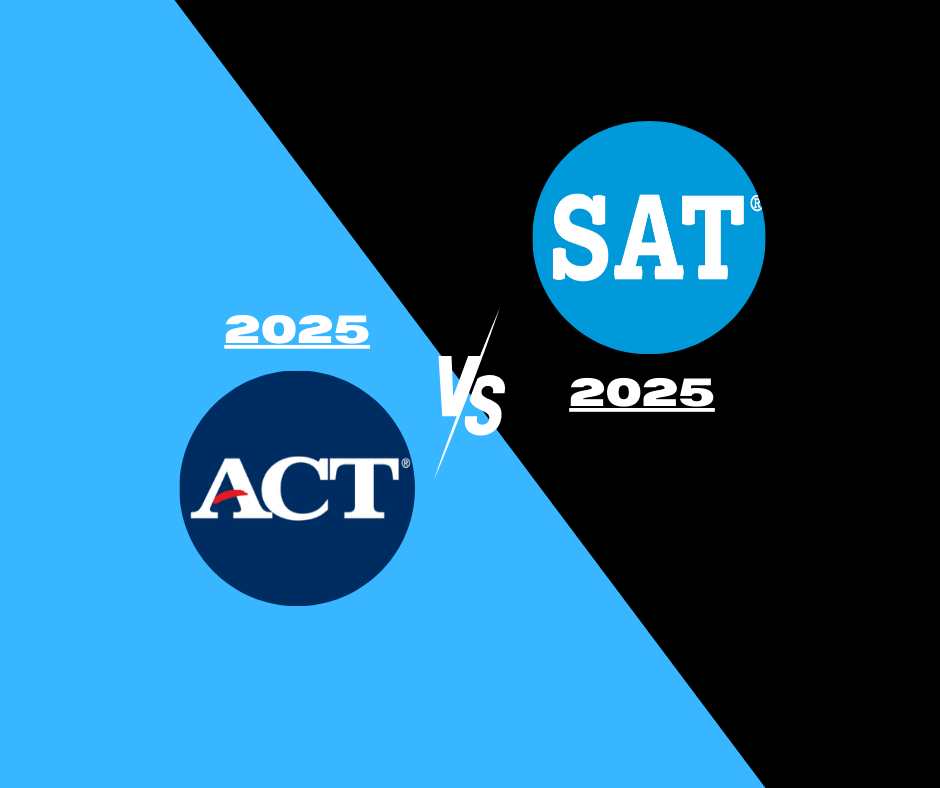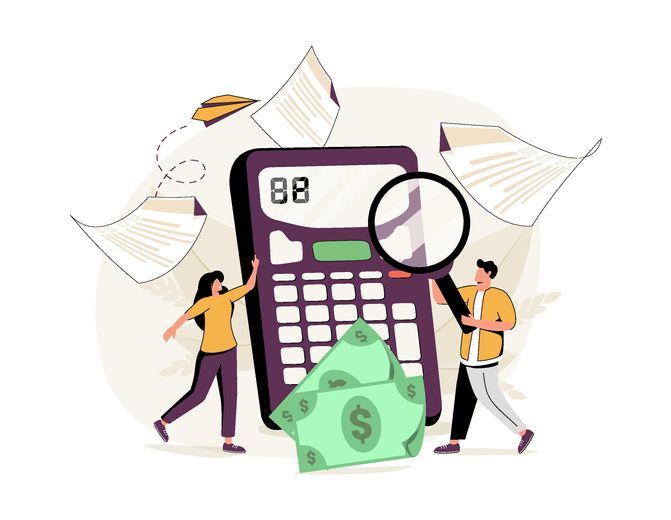Old ACT vs Enhanced ACT
Old ACT vs Enhanced ACT
The new enhanced version of the ACT is here! While both versions measure similar academic skills, there are key differences in structure, scoring, and requirements. Below, we will explain these differences.
English Section
On the traditional ACT, the English section consists of 75 questions. The updated version reduces the number of questions to 60.
Math Section
The math section has also been adjusted. In the older format, students face 60 questions with five answer choices each. In the newer version, there are only 50 math questions, each with four possible answer choices.
Reading Section
Reading is another area where the two tests differ. The traditional ACT includes 40 questions based on four long passages. The updated format features 35 questions, still spread across four passages, but the passages themselves are shorter.
Science Section
Perhaps the biggest change is in the science section. On the traditional ACT, this section is required, with 40 questions that count toward your composite score. On the updated version, the science section is optional. It contains 36 questions and is reported separately from your composite score. Colleges will decide whether they require, recommend, or ignore this section for admissions.
Total Number of Questions
The older ACT includes 215 questions in total (excluding the essay). By contrast, the new ACT has fewer questions overall—135 if you only take the three core sections, and 171 if you include the optional science portion.
Composite Score
Scoring is also structured differently. In the traditional format, your composite score is the average of four sections: English, Math, Reading, and Science. On the updated test, the composite score is based only on the three core sections—English, Math, and Reading. If you take the science section, that score is reported separately.
Scoring Scale
Despite these changes, the scoring scale remains consistent across both versions. Each section and the composite score are reported on the familiar 1–36 scale.
Test Duration
Timing has been adjusted as well. The traditional ACT lasts 2 hours and 55 minutes, with an additional unscored 20-minute fifth section at the end. The updated version is shorter: 2 hours and 5 minutes if you only complete the three core sections, or 2 hours and 40 minutes if you also take the science portion. Instead of having a separate fifth section, unscored items are now embedded within the test itself.
Science Requirement
All students taking the traditional ACT are required to complete the science section. On the newer version, however, the science portion is optional, giving colleges the flexibility to set their own policies regarding whether applicants should complete it.
Test Format
The older ACT is available only in paper format and is entirely linear, meaning every student answers the same questions in the same order. The updated version can be taken on paper or digitally, but it is still linear—so unlike some other standardized tests, it does not use adaptive technology.
Field-Test Questions
In the traditional version, unscored field-test questions were grouped together in a separate fifth section. The new ACT eliminates this extra section by blending unscored questions directly into the main test.
Score Comparability
Finally, it’s important to note that a score earned on either version of the ACT carries the same weight and meaning. There is no scoring advantage or disadvantage, regardless of which test you take.
Not sure which version of the ACT is right for your child—or how to prepare for the updated test format?
At
Homework Hub, our expert test prep coaches are here to guide you through every option. We offer full ACT diagnostic testing (both versions), score analysis, and targeted tutoring to help your student feel confident, prepared, and ready to succeed—whichever format they choose.
Call 631-673-7250 or Text 516-423-2543 to learn more.
Visit us online at
https://www.homeworkhubtutoring.com/college-and-beyond-programs for more information.










